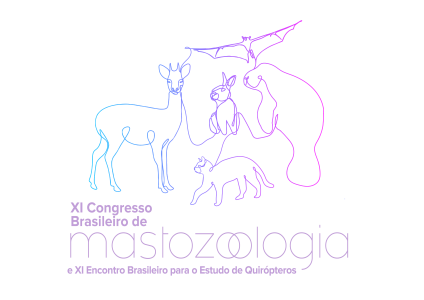Dados do Trabalho
Título:
MAMMALS’ PREFERENCE FOR FORESTED HABITATS IN AN OVERGRAZED SEMIARID LANDSCAPE
Resumo:
Arid and semiarid environments challenge species to adapt to extreme conditions. The association between low productivity and high rates of human occupation has led to high levels of degradation in these regions. In this scenario, medium to large-sized mammals are especially vulnerable. We investigated the occupancy patterns of medium to large-sized mammals in an overgrazed landscape in Brazilian Caatinga. We collected camera trapping data at the end of an extreme drought period and used Bayesian hierarchical multi-species occupancy models to investigate the relative effects of anthropogenic disturbance and environmental predictors on species-specific and community occupancy. We obtained 566 records from 12 medium to large-sized wild mammal species. Among the environmental and anthropogenic predictors evaluated, forest cover influenced significantly and positively the occupancy rate of Cerdocyon thous, Dasypus novemcintus, Leopardus tigrinus, Mazama gouazoubira, and Herpailurus yagouaroundi as well as the community level occupancy. Cerdocyon thous and Euphractus sexcinctus were more detected on wider trails, which affected the community level as well. More forested habitats may provide better resources and shelters, being an important predictor of mammal’s occurrence in a disturbed semiarid landscape with scarce resources, benefiting both generalist and endangered species. On the other hand, anthropogenic factors did not affect mammals’ occurrence, suggesting some level of tolerance, especially for the most recorded species, since we obtained rare records of the most sensitive ones (Puma concolor, Dycotiles tajacu, and Dasyprocta primnolopha). Our results must serve as a baseline for future mammals’ population monitoring in semiarid regions, as well as for the expansion of protected areas and degraded vegetation restoration in Caatinga dry forest.
Financiamento:
Vale, Fundo Brasileiro para a Biodiversidade (Funbio) e Coordenação de Aperfeiçoamento de Pessoal de Nível Superior (CAPES)
Área
Ecologia
Autores
Paulo Henrique Marinho, Camile Lugarini, Gabriel Penido, Carlos Roberto Fonseca, Eduardo Martins Venticinque
